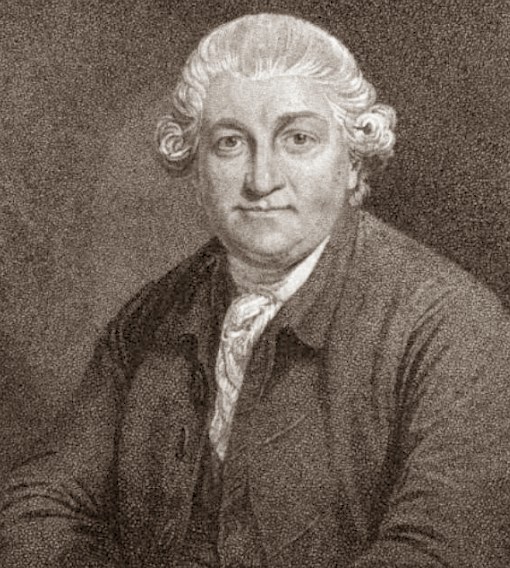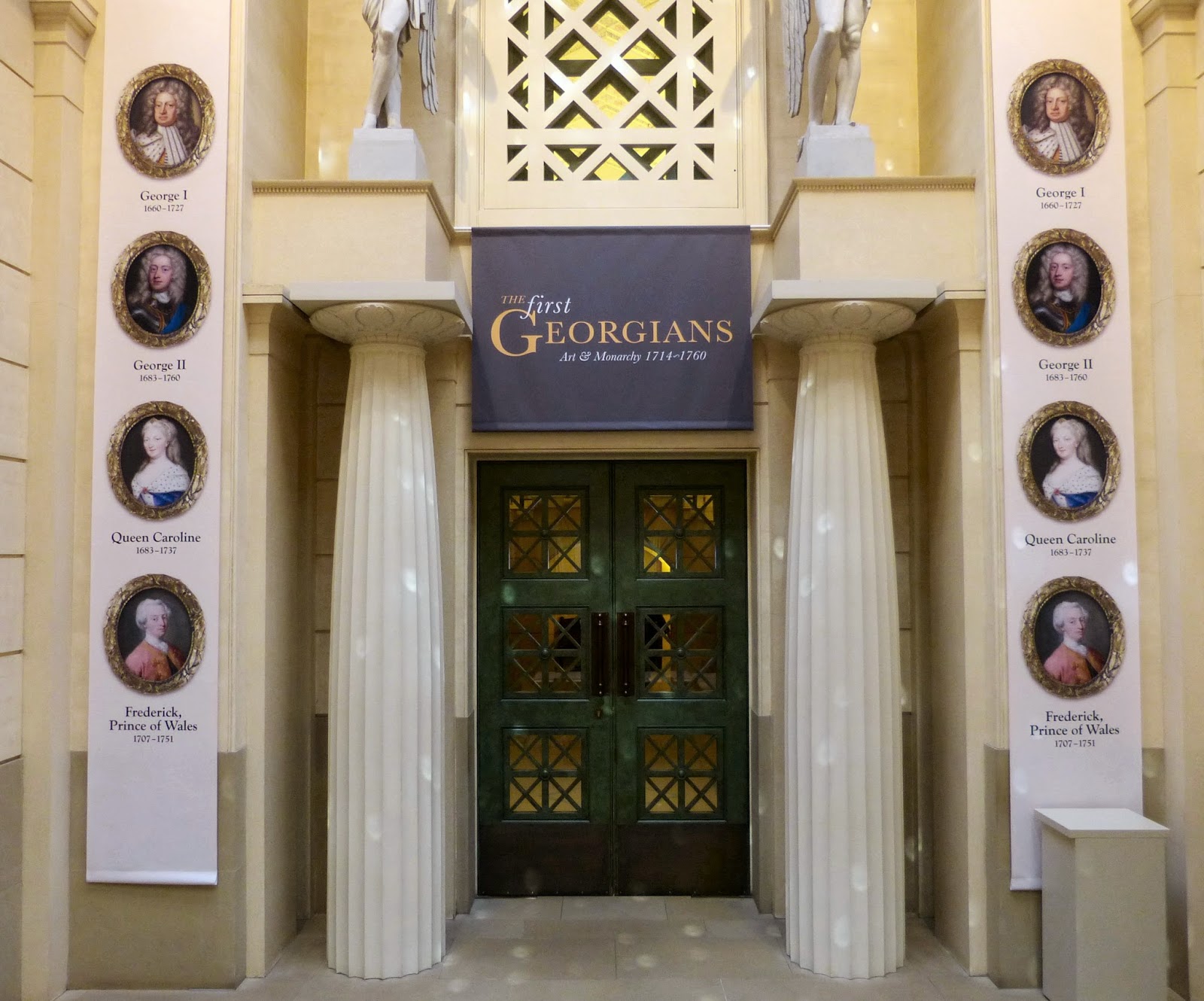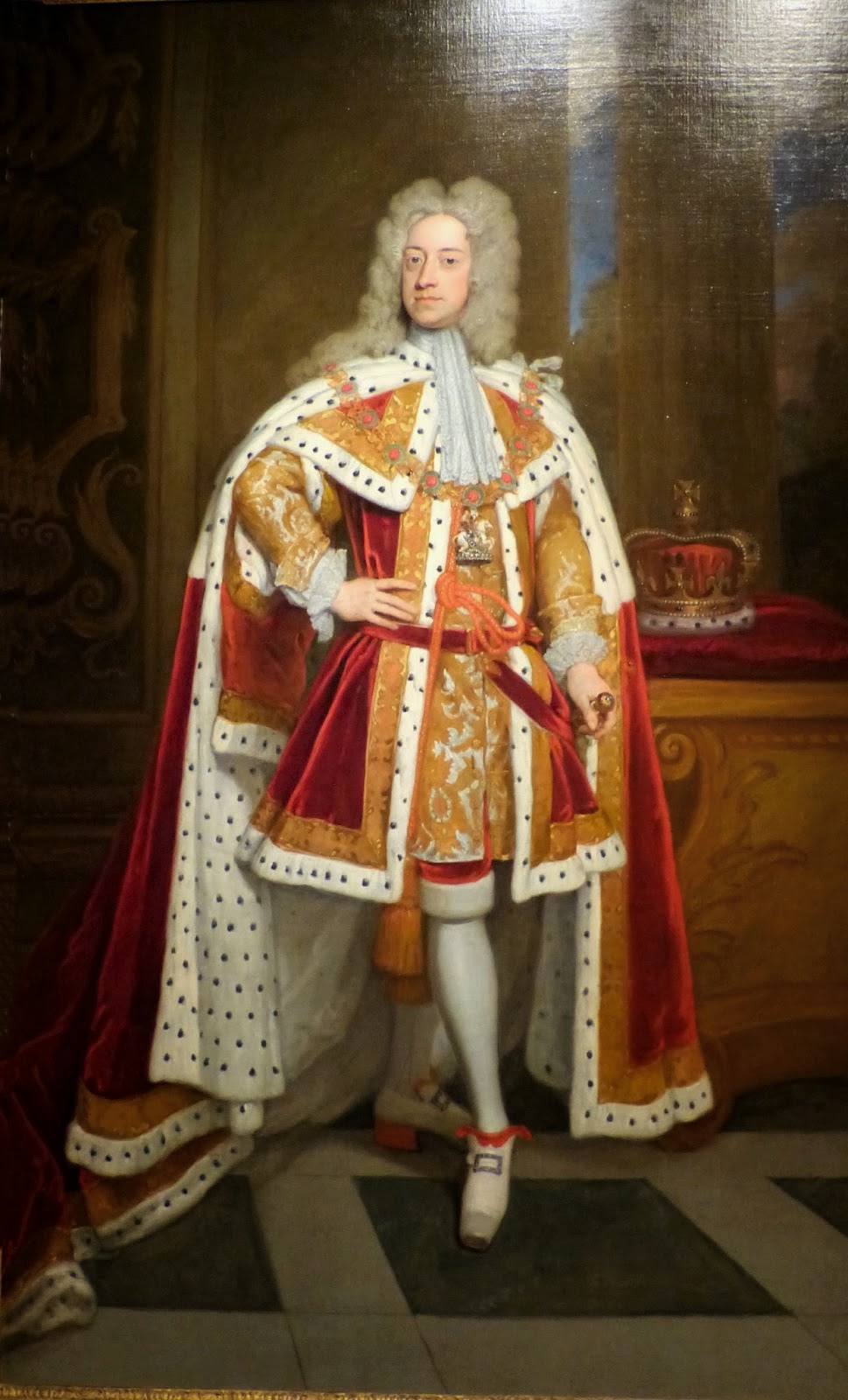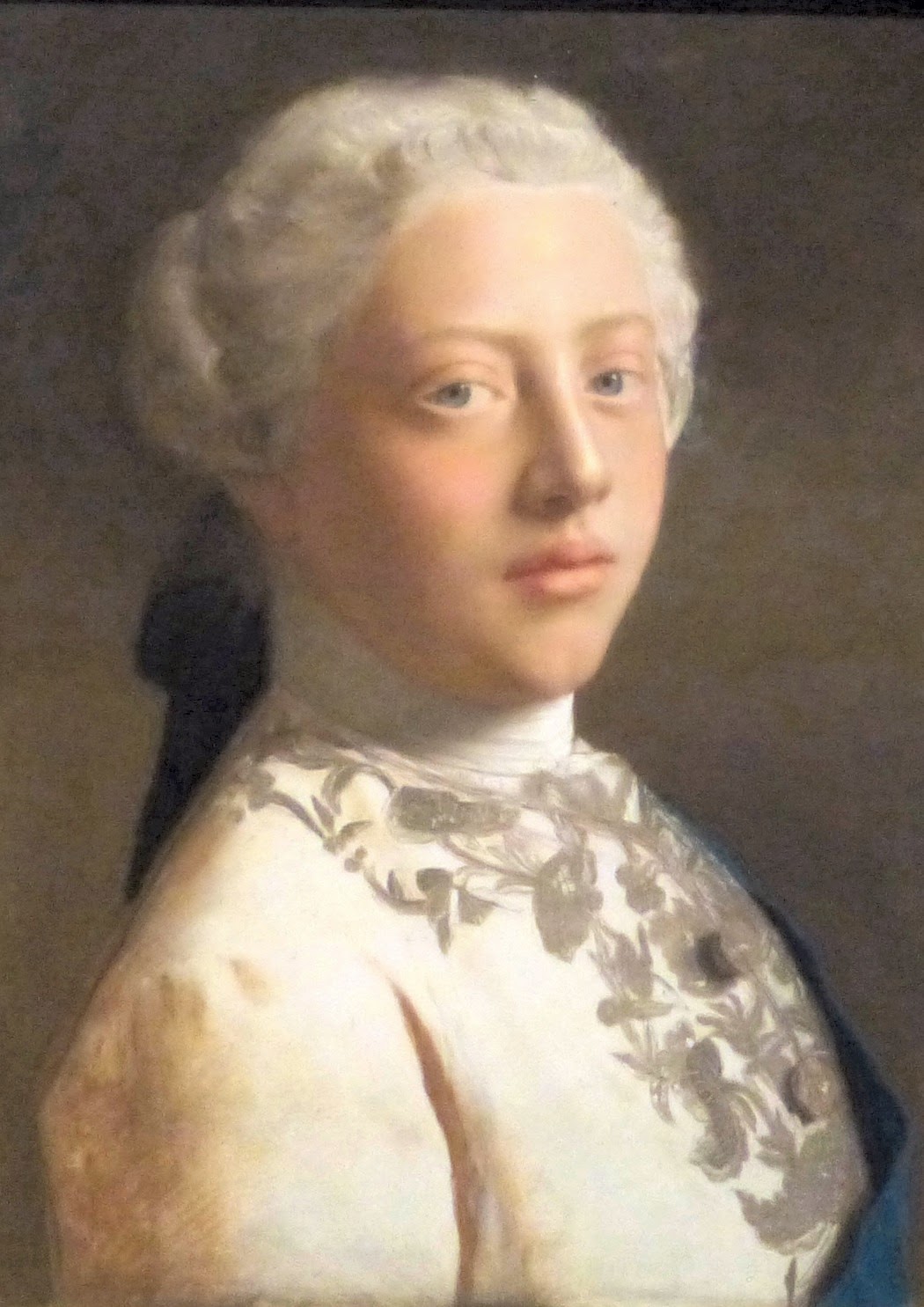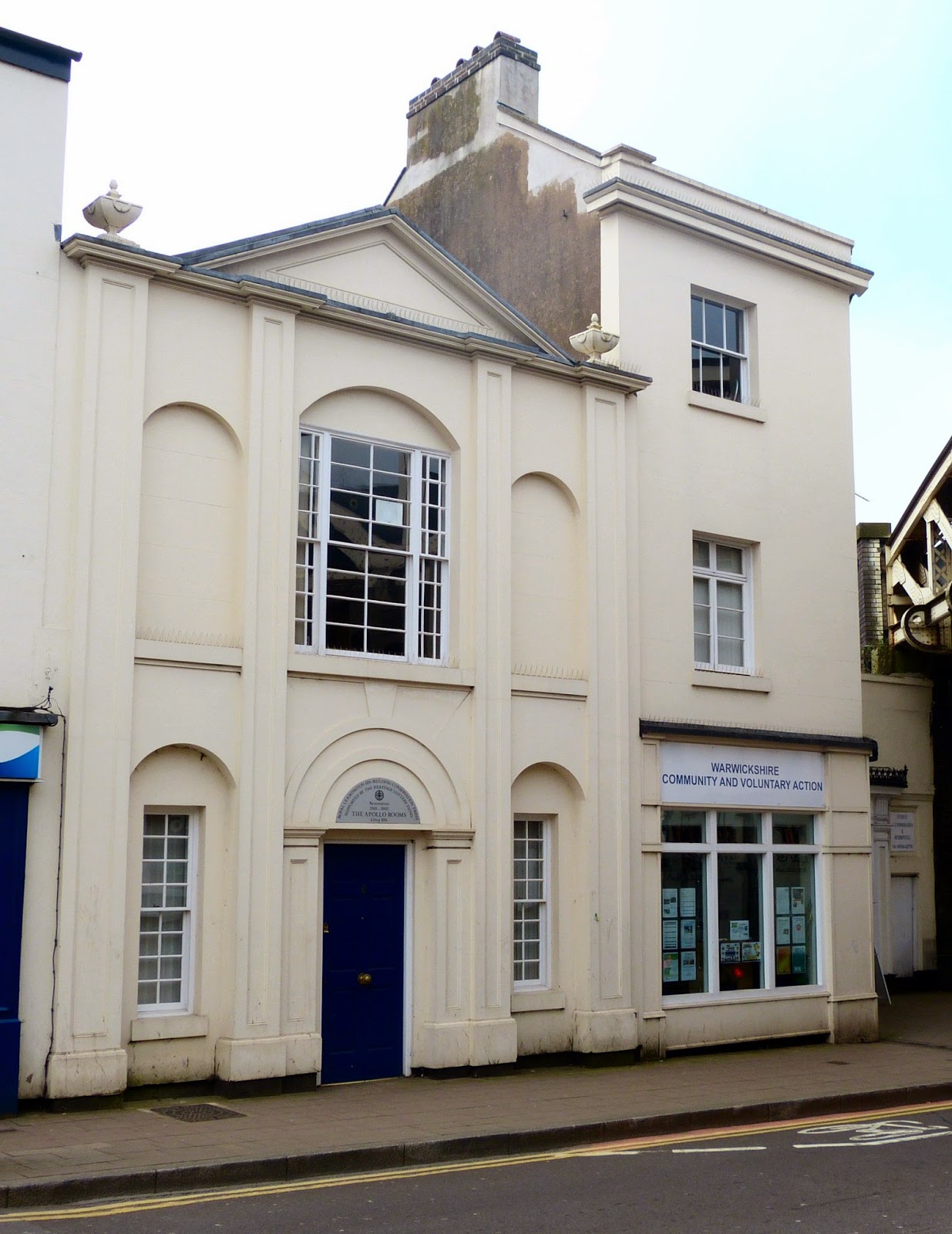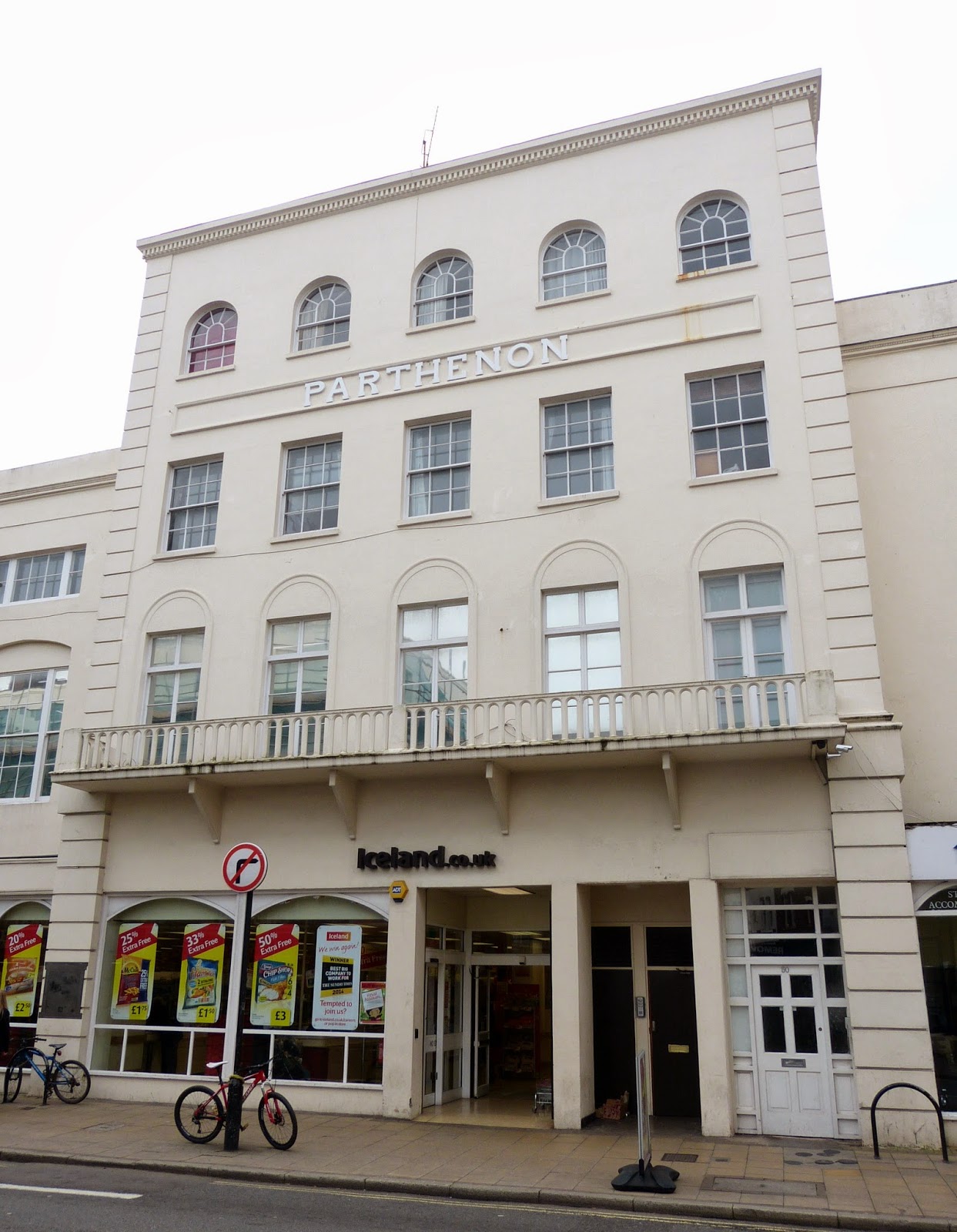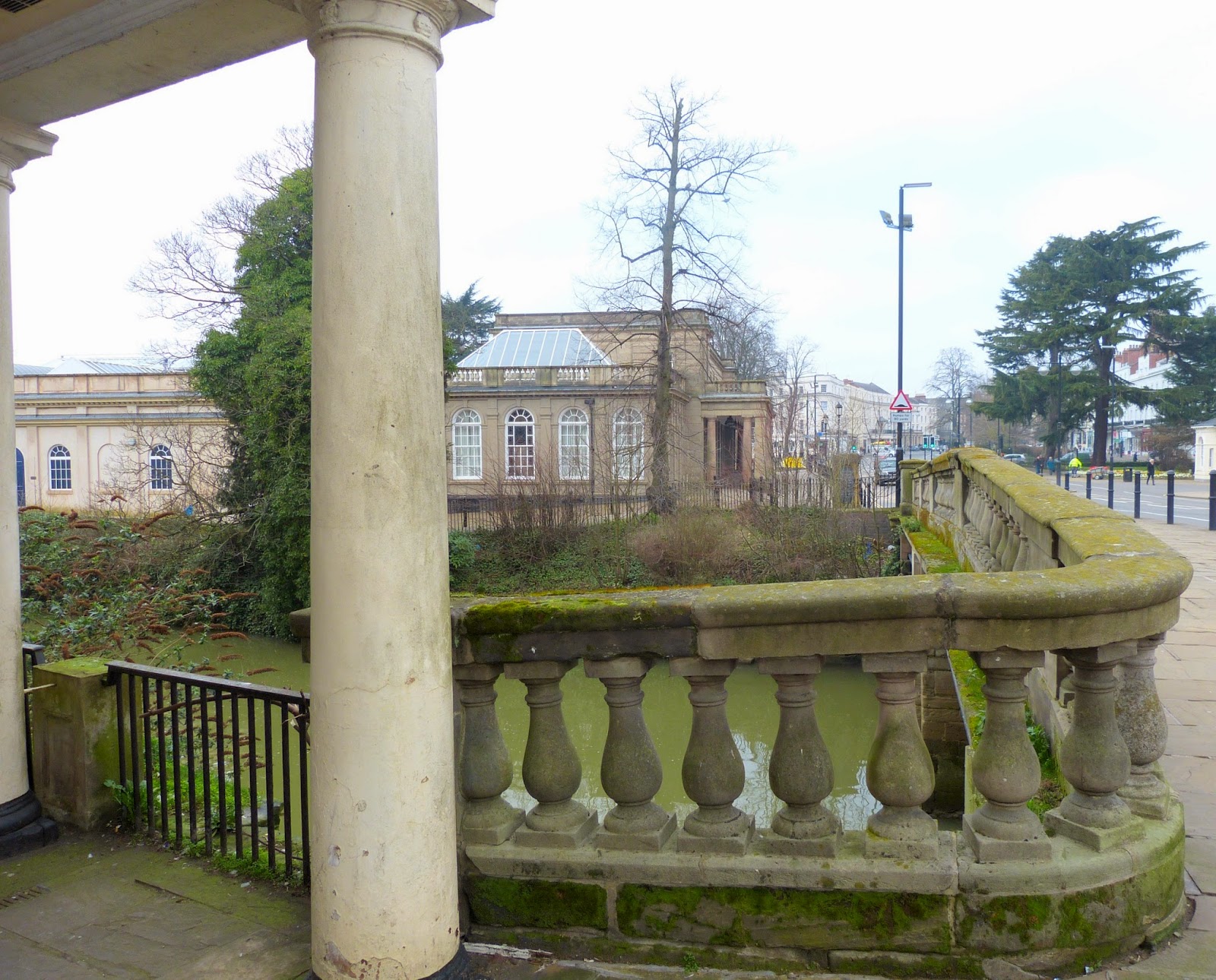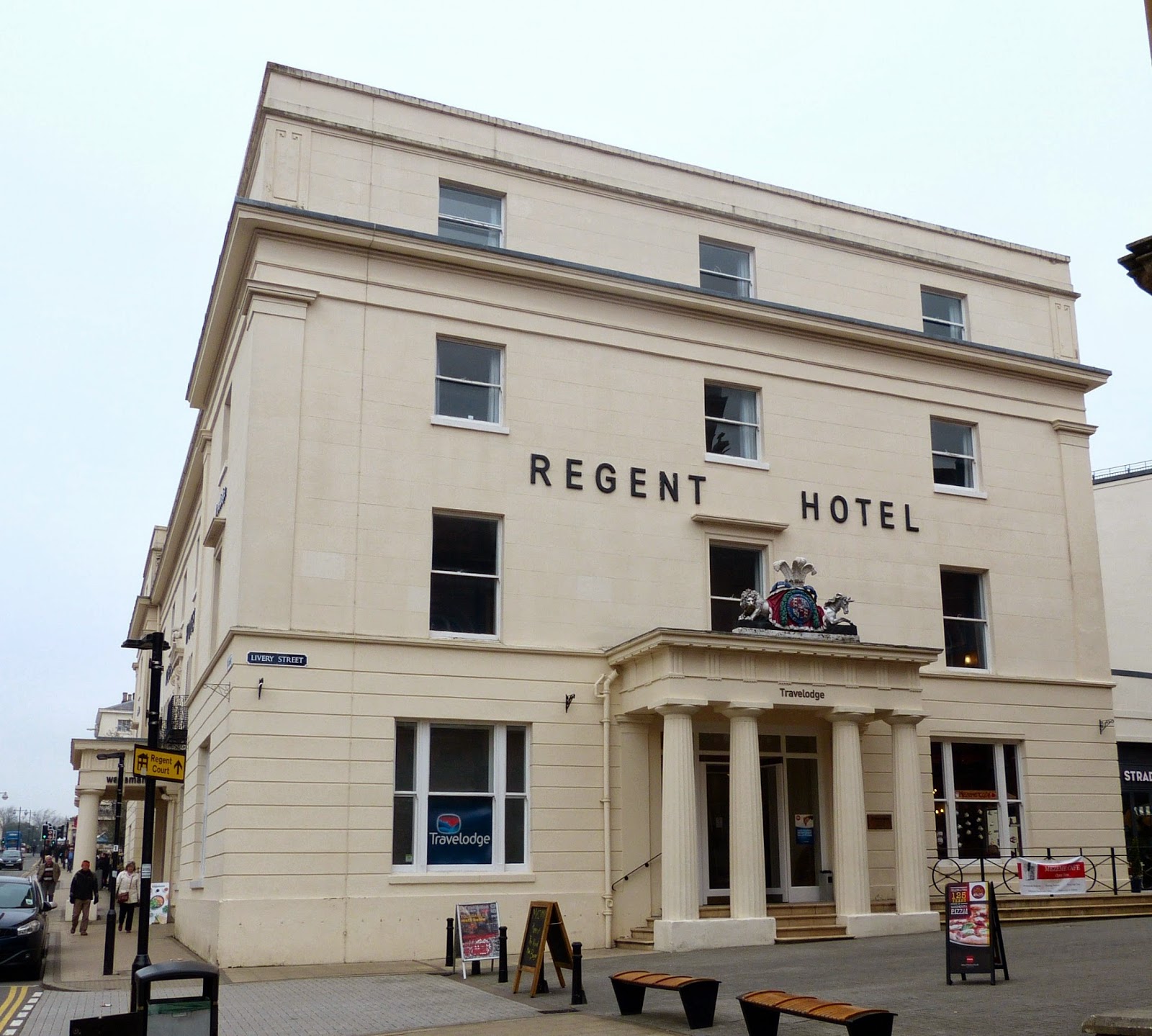 |
| Group of members of the Dilettanti Society by Sir Joshua Reynolds (1779) The central figure with the vase is Sir William Hamilton from History of the Society of Dilettanti by L Cust (1914) |
The Society of Dilettanti was founded in the early 1730s by a group of men who had visited Italy on the Grand Tour and wanted to continue to share and build on their experiences.
The preface to Ionian Antiquities stated that:
The preface to Ionian Antiquities stated that:
In the year 1734 some gentlemen who had travelled in Italy, desirous of encouraging at home a taste for those objects which had contributed to their entertainment abroad, formed themselves into a society under the name of the Dilettanti.1,2The name Dilettanti comes from the Latin 'dilettare', to take delight in, and the Society adopted a policy of 'seria ludo' – looking at serious subjects in a light-hearted manner.
Membership
In 1736, there were 46 members, mostly “young men of rank and fashion”3. New members had to be personally known to an existing member and elected in a secret ballot.
 |
| The ballot box from History of the Society of Dilettanti by L Cust (1914) |
...a club, for which the nominal qualification is having been in Italy, and the real one being drunk; the two chiefs are Lord Middlesex and Sir Francis Dashwood, who were seldom sober the whole time they were in Italy.4
Meetings
The Society’s first documented meeting was at the Bedford Head Tavern, Covent Garden, on 6 March 1736. Subsequent meetings were held in various taverns, but by 1757, the Society usually met for dinner on alternate Sundays at the Star and Garter in Pall Mall.5
From 1800 to 1810, they met at Mr Parslow’s tavern in St James’ Street. The Society bought a site in Cavendish Square in 1747 to erect their own building, but plans were later abandoned and the land sold again, at a profit.
Two boxes were commissioned by the Society – an elaborate balloting box for the secret ballots and a box in the shape of the Tomb of Bacchus to hold the Society’s records.
From 1800 to 1810, they met at Mr Parslow’s tavern in St James’ Street. The Society bought a site in Cavendish Square in 1747 to erect their own building, but plans were later abandoned and the land sold again, at a profit.
Two boxes were commissioned by the Society – an elaborate balloting box for the secret ballots and a box in the shape of the Tomb of Bacchus to hold the Society’s records.
 |
| The Tomb of Bacchus from History of the Society of Dilettanti by L Cust (1914) |
There was an element of mystery surrounding the proceedings of the Dilettanti Society. It was rumoured that the Society’s rituals were infused with sexual and religious overtones. The officers of the Society were required to dress for their roles. According to the minutes, the President was supposed to wear a crimson toga and the Secretary, to dress like Machiavelli. Some of the members had secret cabinets filled with erotic curiosities.
Portraits and face-money
The Society appointed George Knapton as painter and passed a resolution that every member should have his portrait painted and presented to the Society. A further resolution introduced an annual fine of one guinea on any member who had failed to present his portrait. This was designated 'face-money' and raised considerable sums of money for the Society.
Knapton resigned in 1763 and was replaced by James Stuart, but Stuart failed to paint any portraits and Sir Joshua Reynolds took over in 1769. Reynolds painted two large pictures of members of the Dilettanti Society. These reflected both the serious nature of the Society and the light-hearted camaraderie between its members.
Portraits and face-money
The Society appointed George Knapton as painter and passed a resolution that every member should have his portrait painted and presented to the Society. A further resolution introduced an annual fine of one guinea on any member who had failed to present his portrait. This was designated 'face-money' and raised considerable sums of money for the Society.
Knapton resigned in 1763 and was replaced by James Stuart, but Stuart failed to paint any portraits and Sir Joshua Reynolds took over in 1769. Reynolds painted two large pictures of members of the Dilettanti Society. These reflected both the serious nature of the Society and the light-hearted camaraderie between its members.
 |
| Group of members of the Dilettanti Society by Sir Joshua Reynolds (1779) from History of the Society of Dilettanti by L Cust (1914) |
The Royal Academy
In the 1750s, the Society was involved in discussions about the creation of a Royal Academy of art, but it wanted too much influence and the negotiations broke down. However, the Society provided financial support for the Royal Academy in 1775 by starting to provide scholarships for Academy students to study in Italy and Greece.
Sponsorship
The Society raised money through membership subscriptions and face-money and used it to influence taste and sponsor the study of Greek and Roman art.
In the 1740s, the Society sponsored the Earl of Middlesex’s series of Italian operas in London.
In the 1750s, the Society sponsored James Stuart and Nicholas Revett’s Athenian expedition. This resulted in the influential publication, Antiquities of Athens Measured and Delineated which was published in three volumes between 1762 and 1794.
Sponsorship
The Society raised money through membership subscriptions and face-money and used it to influence taste and sponsor the study of Greek and Roman art.
In the 1740s, the Society sponsored the Earl of Middlesex’s series of Italian operas in London.
In the 1750s, the Society sponsored James Stuart and Nicholas Revett’s Athenian expedition. This resulted in the influential publication, Antiquities of Athens Measured and Delineated which was published in three volumes between 1762 and 1794.
 |
| View of Athens from The Antiquities of Athens (Vol I) by J Stuart & N Revett (1762) |
In 1764, the Society backed a trip to Ionia – the first archaeological trip to Asia Minor sponsored by any British Institution. The men sponsored were Richard Chandler, a classical scholar and inscription expert; Nicholas Revett, the architect from the Athenian expedition; and William Pars, a topographical artist. They carried out the first excavations of the temple of Zeus at Nemea. The findings of the trip were documented in Antiquities of Ionia (1797).
A second expedition to Ionia was sponsored in 1812, with the team headed by topographical artist, William Gell. Their research was recorded in Unedited Antiquities of Attica (1817).
The Society in disrepute
In 1787, the Dilettanti published An Account of the Worship of Priapus. It included a letter from Sir William Hamilton to Sir Joseph Banks describing his finds concerning the Neapolitan cult of the worship of Priapus. More controversially, it included an essay by Knight which made outrageous suppositions about ancient sexual conduct in religious ceremonies. It was ill-received and damaged Knight’s reputation.
Specimens of Ancient Sculpture
In 1808, the Society published the first volume of Specimens of Ancient Sculpture Aegyptian, Etruscan, Greek and Roman: selected from different collections in Great Britain. John Samuel Agar was responsible for the highly detailed drawings of the classical statutory which were then engraved for this volume. The collections were all held by members of the Dilettanti, but those of Knight and Townley were the most prominent.
A second expedition to Ionia was sponsored in 1812, with the team headed by topographical artist, William Gell. Their research was recorded in Unedited Antiquities of Attica (1817).
The Society in disrepute
In 1787, the Dilettanti published An Account of the Worship of Priapus. It included a letter from Sir William Hamilton to Sir Joseph Banks describing his finds concerning the Neapolitan cult of the worship of Priapus. More controversially, it included an essay by Knight which made outrageous suppositions about ancient sexual conduct in religious ceremonies. It was ill-received and damaged Knight’s reputation.
Specimens of Ancient Sculpture
In 1808, the Society published the first volume of Specimens of Ancient Sculpture Aegyptian, Etruscan, Greek and Roman: selected from different collections in Great Britain. John Samuel Agar was responsible for the highly detailed drawings of the classical statutory which were then engraved for this volume. The collections were all held by members of the Dilettanti, but those of Knight and Townley were the most prominent.
The Elgin Marbles
 |
| Some of the Parthenon marbles in the British Museum (2014) |
Knight was vehemently opposed to the purchase of the Parthenon marbles brought back by Lord Elgin. For more than ten years, he attempted to discredit them as Roman copies of Phidias’ originals. Other members thought differently. The British Museum bought the marbles in 1816 and the Dilettanti Society donated the two pieces of Parthenon frieze that they had brought back from the first Ionian expedition. The episode further damaged Knight’s reputation.
Prominent members
In its early days, prominent members of the Dilettanti Society included:
• Charles Sackville, Earl of Middlesex, later 2nd Duke of Dorset
• Sir Francis Dashwood, later Lord le Despencer
• Simon Harcourt, Viscount and later Earl Harcourt
• Gustavus Hamilton, 2nd Viscount Boyne
• William Ponsonby, later Viscount Duncannon and Earl of Bessborough
• Richard Grenville, Earl Temple
• Sewallis Shirley, Comptroller of Queen Charlotte’s household
• Sir James Gray, British Resident at Venice and British Envoy to Naples and later Spain
• Simon Luttrell, later Earl of Carhampton
• Sir George Gray
• George Knapton
Other notable members included:
• Sir Joshua Reynolds (1766)
• Charles James Fox (1769)
• George Selwyn (1770)
• William Cavendish, Duke of Devonshire (1770)
• Sir Joseph Banks (1774)
• Charles Francis Greville (1774)
• Sir William Hamilton (1777)
• David Garrick (1777)
• Richard Payne Knight (1781)
• Sir George Beaumont (1784)
• Charles Townley (1786)
• Sir Richard Colt Hoare, Baronet (1792)
• Sir Thomas Lawrence (1792)
• Benjamin West (1792)
(1) The exact date of the formation of the Society of Dilettanti is unknown. This passage states that it was formed in 1734, but the first recorded meeting was not until 1736. Society annals indicate that the first meetings of the Society may have been held as early as December 1732 in Italy.
(2) From the introduction to Ionian Antiquities, published by the Dilettanti Society (1769).
(3) From History of the Society of Dilettanti by L Cust (1914).
(3) From History of the Society of Dilettanti by L Cust (1914).
(4) In a letter from Horace Walpole to Sir Horace Mann 14 April 1743 in Letters of Horace Walpole (1840).
(5) From Life and Times of Sir Joshua Reynolds by CR Leslie and T Taylor (1865). Jason Kelly in the Oxford Dictionary of National Biography refers to the Society meeting five times a year in the Star and Garter from 1757, but this may have been referring to business meetings as opposed to regular dining.
Rachel Knowles writes clean/Christian Regency era romance and historical non-fiction. She has been sharing her research on this blog since 2011. Rachel lives in the beautiful Georgian seaside town of Weymouth, Dorset, on the south coast of England, with her husband, Andrew.
Find out more about Rachel's books and sign up for her newsletter here.If you have enjoyed this blog and want to encourage me and help me to keep making my research freely available, please buy me a virtual cup of coffee by clicking the button below.
Sources used include:
Cust, Lionel, MA and Colvin, Sir Sidney, MA, History of the Society of Dilettanti (1914)
Kelly, Jason, Society of Dilettanti (act. 1732-2003), Oxford Dictionary of National Biography (Oxford University Press, May 2006; online edn Sept 2012, accessed 12 Jan 2013)
Leslie, Charles Robert, RA, and Taylor, Tom, MA, Life and Times of Sir Joshua Reynolds (1865)
Stuart, James and Revett, Nicholas, The Antiquities of Athens, measured and delineated Vol I (1762)
Walpole, Horace, The Letters of Horace Walpole, Earl of Orford, in six volumes (1840)
John Paul Getty Museum website – Dilettanti exhibition (2008)
Photographs © Regencyhistory.net
Cust, Lionel, MA and Colvin, Sir Sidney, MA, History of the Society of Dilettanti (1914)
Kelly, Jason, Society of Dilettanti (act. 1732-2003), Oxford Dictionary of National Biography (Oxford University Press, May 2006; online edn Sept 2012, accessed 12 Jan 2013)
Leslie, Charles Robert, RA, and Taylor, Tom, MA, Life and Times of Sir Joshua Reynolds (1865)
Stuart, James and Revett, Nicholas, The Antiquities of Athens, measured and delineated Vol I (1762)
Walpole, Horace, The Letters of Horace Walpole, Earl of Orford, in six volumes (1840)
John Paul Getty Museum website – Dilettanti exhibition (2008)
Photographs © Regencyhistory.net



